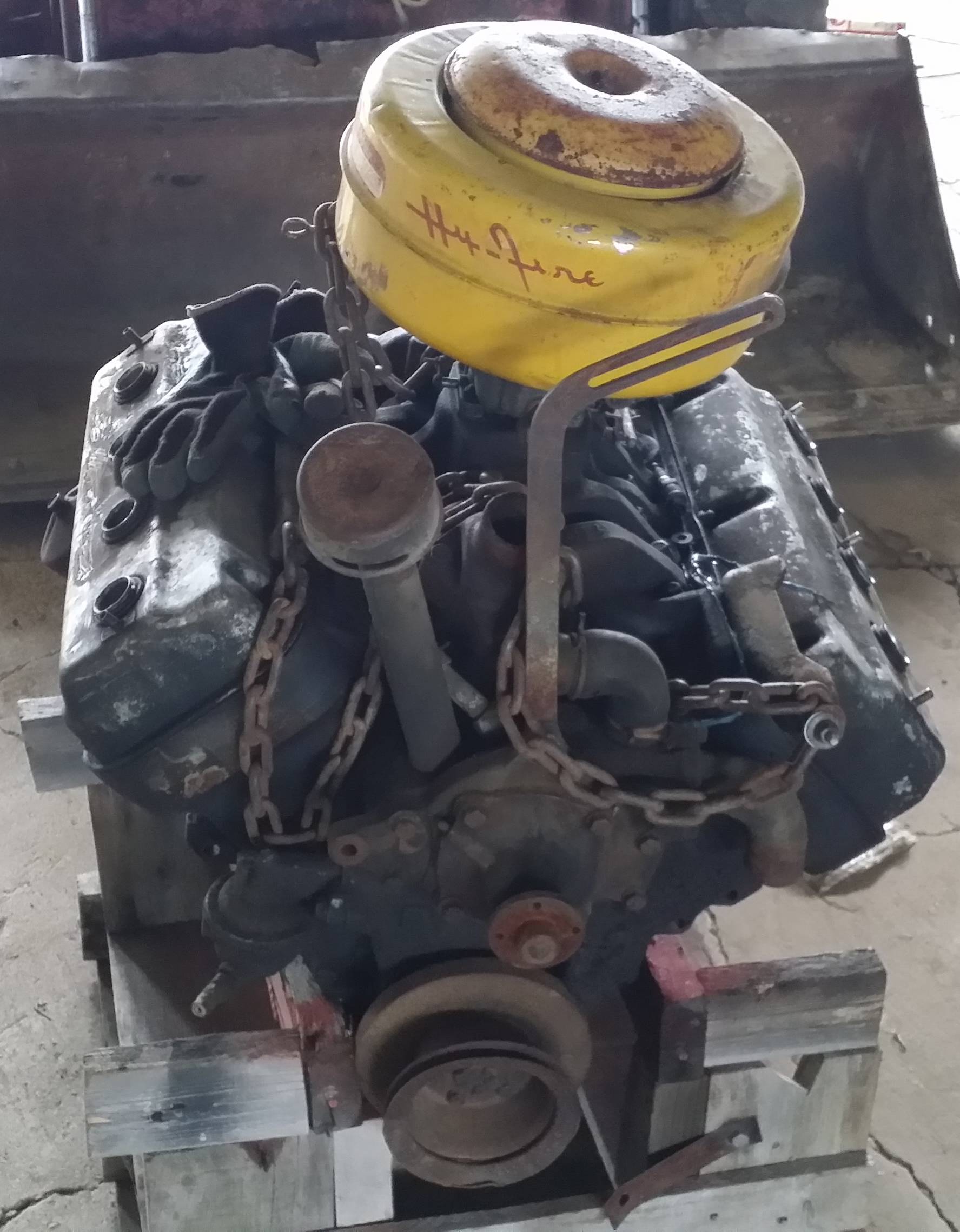Stop trying to crank it and start beginning to disassemble it. Something is seriously wrong with it and forcing it will only break more stuff that might not already be broken. Especially if you have no idea what caused it to seize in the first place. The only thing more annoying than a seized engine is a seized engine with a sheared off bolt in the nose of the crank. Save yourself the hassle.
I would start by disconnecting the crankshaft from the camshaft and seeing if the bottom half can rotate when disconnected from the valvetrain. Looks like you've already done that so on to the next step.
If that doesn't work, take off one head, try again, then take off the other. Maybe a valve and a piston hit each other really hard and are wedged together?
Next, take off the oil pan and look up the cylinder bores. See anything funny? No? Remove the oil pump and remove the rods from the crank and begin pushing the rods and pistons out the top one by one. See anything funny with the bearings? The pistons? The cylinder walls? When all the rods and pistons are out, off come the main caps, the bearings and the crankshaft.
Then you can start inspecting the cylinder walls and the piston skirts. This will tell you why the engine is seized. The rebuild may then commence.

